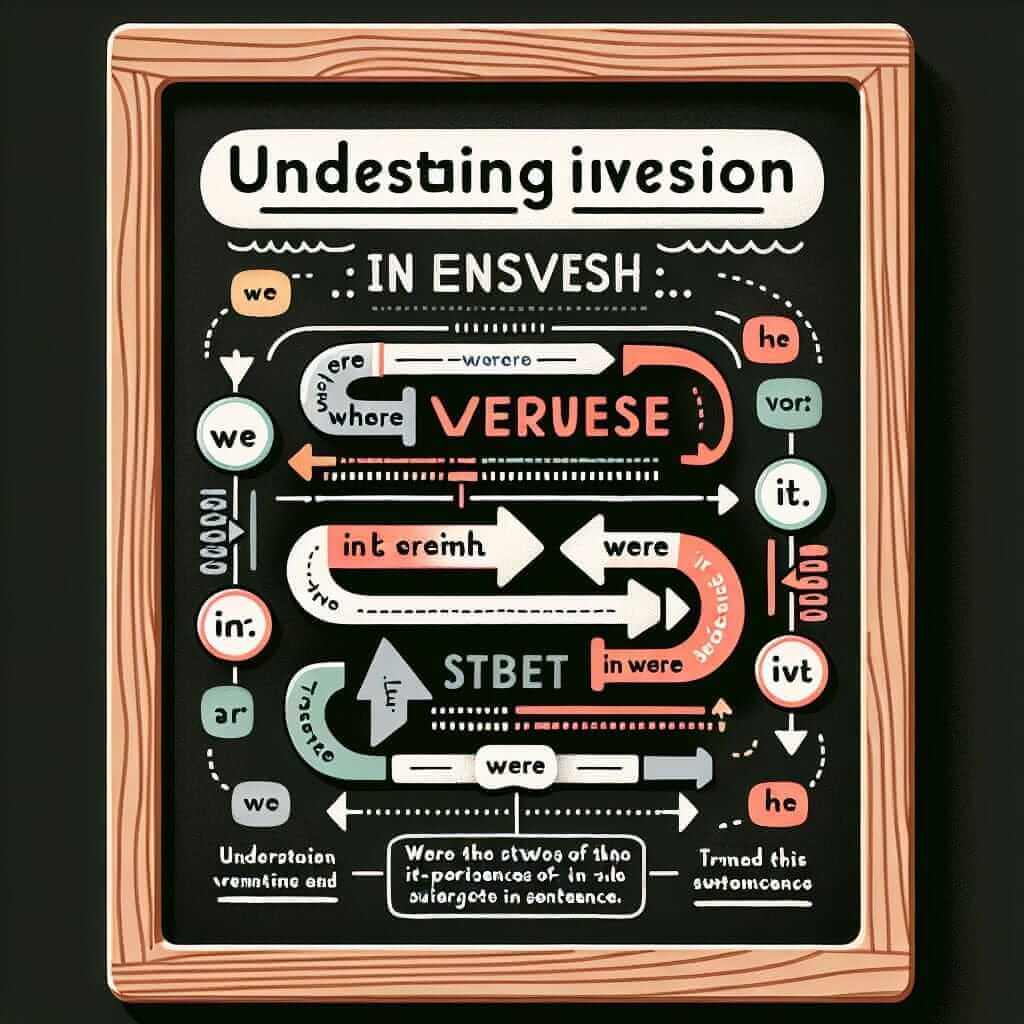Have you ever encountered the phrase “were it feasible” and wondered about its grammatical structure and usage in English? This seemingly complex construction, known as inversion, is a powerful tool for expressing hypothetical situations and adding a touch of formality to your writing and speaking. Mastering this grammatical structure can significantly enhance your IELTS score, particularly in the Writing and Speaking sections where sophisticated language use is highly valued.
Let’s delve into some examples of how “were it feasible” can be employed effectively in different sections of the IELTS exam:
Speaking (Part 3):
- Examiner: “Do you think governments should invest more in renewable energy?”
- Candidate: “Absolutely! Were it feasible, I believe all countries should transition to 100% renewable energy sources to combat climate change.”
Writing Task 2:
- “Some argue that space exploration is a waste of resources. However, were it feasible to harness the vast potential of space, humanity could unlock solutions to some of our most pressing challenges, such as resource depletion and energy scarcity.”
In each of these examples, “were it feasible” introduces a hypothetical condition, suggesting that the speaker or writer acknowledges the potential limitations or challenges associated with the proposed idea.
Deconstructing “Were it feasible…”
The phrase “were it feasible” is an example of inversion, a grammatical structure where the subject and auxiliary verb are inverted, often to create a more formal or literary tone. This particular inversion is used to express a hypothetical situation in the present or future, similar to the second conditional.
Structure:
Were + Subject + Adjective (or “to” + infinitive), Subject + would/could/might + Verb
Breaking it down:
- Were: Past subjunctive form of the verb “to be” (used for hypothetical situations).
- it: Referring to the previously mentioned situation or condition (e.g., feasibility).
- feasible: The adjective describing the hypothetical situation.
- I would support it: The main clause expressing the consequence if the condition were true.

Mastering Inversion for IELTS Success
Understanding how to use inversion correctly is crucial for achieving a higher band score in the IELTS. It demonstrates your command of complex grammatical structures, which is a key factor in achieving a band 7 or higher.
Application in Different IELTS Sections:
- Writing (Task 1 & 2): Use inversion to make your writing more concise and impactful when presenting data or arguments. For example, “Were the government to invest more in public transportation, traffic congestion could be significantly reduced.”
- Speaking (Part 2 & 3): Incorporating inversion, especially in Part 3 where you are expected to discuss more abstract ideas, demonstrates fluency and a wider range of grammatical structures.
Achieving Stylistic Flair with Inversion
While “were it feasible” is a useful phrase, there are other ways to achieve a similar effect in your writing and speaking. Here are a few examples:
- Should + Subject + Verb: “Should the government decide to invest, the project could commence immediately.”
- Had + Subject + Past Participle: “Had the proposal been accepted, the team would have started the research.”
These structures allow you to express hypothetical situations elegantly and demonstrate a sophisticated grasp of English grammar.
Common Pitfalls and How to Avoid Them
While inversion can elevate your language use, it’s also easy to misuse. Here are some common errors to watch out for:
- Incorrect Verb Form: Remember to use the past subjunctive form “were” even when the subject is singular. For example, “Were I the CEO, I would implement these changes” is correct, not “Was I the CEO…”
- Overuse: Using inversion too frequently can make your writing or speaking sound unnatural and overly formal. Employ it judiciously for maximum impact.
Conclusion
Mastering advanced grammar structures like inversion is key to achieving your desired IELTS score. “Were it feasible…” and its variations are valuable tools for expressing hypothetical situations with clarity and sophistication. By understanding the structure, practicing its application, and being mindful of common errors, you can confidently incorporate this powerful grammatical tool into your IELTS preparation and boost your overall performance. Remember, practice makes perfect!